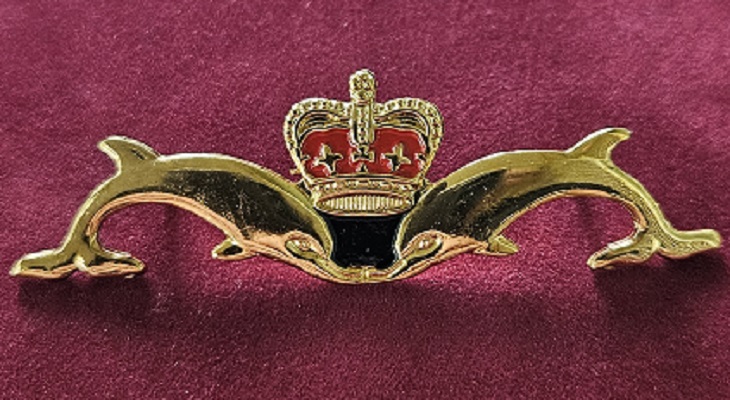Description
Description: 1st Royal Australian Navy Bridging Train (RANBT) hat badge – World War 1
Maker’s Name: N/A
Condition: Very Good
Comments: 1st Royal Australian Navy Bridging Train (RANBT) hat badge – World War 1. Unofficial cast hat badge made in Egypt.
The 1st Royal Australian Naval Bridging Train (1st RANBT) was formed in Melbourne on 28 February 1915 and was intended to be a horse drawn engineering unit attached to the Royal Naval Division (RND), then serving as infantry on the Western Front. The term ‘train’, in its title, was a direct reference to the horse-drawn wagons that would, in theory, form and move ‘in train’ to carry the unit’s heavy lumber, building materials and engineering equipment to the front.
The unit was manned by members of the Royal Australian Naval Reserve for whom there were no available billets in seagoing RAN ships. Many of the sailors serving in the 1st RANBT were rated ‘drivers’, and again, this refers to wagon drivers as opposed to motor vehicle drivers. Other seamen were rated as ‘artificers’ or ‘sappers’, the latter being a military term traditionally used to describe army engineers.
Appointed in command of the 1st RANBT was Lieutenant Commander Leighton Seymour Bracegirdle, RAN. Bracegirdle was ideally suited to command the unit, having seen active service with the NSW Naval Brigade during the Boxer Rebellion in China as well as serving as a military officer in the South African Irregular Horse during the Boer War in 1901. He had also recently returned from German New Guinea where he had served as a staff officer in the joint Australian Naval and Military Expeditionary Force (ANMEF) responsible for the capture of the German colonies in the Pacific in September 1914.
Three hundred naval reservists, including 50 men who had recently served in New Guinea, were selected for the 1st RANBT and they began their training in horsemanship, engineering and pontoon bridging at the Domain in Melbourne. By late May 1915 a decision was made to send the unit to Britain to complete its training and then to join the RND on the Western Front. The plan, however, never eventuated.
Due to the nature of their work ashore, the men of the 1st RANBT were dressed in the khaki uniform worn by soldiers of the Australian Imperial Force (AIF). Special badges were adopted to distinguish them as a naval unit which included oxidised brass anchors that were worn on the hats, caps, sleeves and collars of ratings’ tunics. Chief petty officers retained the normal naval pattern cap badge worn at that time. Varying patterns of AIF styled colour patches, depicting a red anchor on a navy blue background, were also sewn to the shoulders of tunics and army badges of rank (chevrons) were sometimes used on sleeves to denote rank if naval equivalents were not available:
Three chevrons – Chief Petty Officers
Two chevrons – Petty Officers
One chevron – Leading Seamen
The adoption of these distinguishing marks was approved by the Naval Secretary on 28 May 1915. Officers attached to the 1st RANBT continued to wear naval pattern badges on their caps coupled with naval pattern shoulder boards, worn on khaki, military-styled tunics.
The RANBT served in Gallipoli, Egypt and Palestine.




